A quote from a Japanese animation ;D
Simplicity is the easiest path to true beauty.
– Seishuu Handa, Barakamon Anime

Garden Of Words Anime
Greetings my dear friends. Over time, animation has evolved from simple drawings to detailed CGIs. However, despite the recent advances in the animation industry, the simplistic beauty of 2D animation will forever remain with us.
I became acquainted with anime about two years ago, when I first started watching One Piece ( Demn I love it a lot ). Unlike the usual cartoons I used to watch, anime had some sort of unusual twist to it. Maybe it is the storyline, the cliches or the character design; anime never fails to entertain you. So the other day I decided to check out its history, and it is somewhat interesting, if I must say so myself. Therefore, I’d like to share this piece of information with you. Well then, sit back and enjoy ;D
Anime History : The Very First Animation
The journey of anime starts with the 1907 production Katsudō Shashin (活動写真, aka Activity Photo). Found in 2005, this film depicted a boy adorned in a sailor suit drawing the Japanese characters for the film’s title. Although, yes, not exactly an anime, it is the earliest animated film that people have ever found. This consisted of 50 frames on a celluloid strip.
Also See: Read korean webtoons at thebiem
Sometime in 1911, an animated film Nippāru no Henkei (ニッパールの変形, aka Nipparu’s Transformation ) was shown in the Asakusa Teikokukan in Tokyo. Émile Cohl’s Les Exploits de Feu Follet is the first animated film that the Japanese saw on April 15, 1912. This is the first 2D film which has a recorded account. However, the first Japan produced animation took root in 1917 under the name Dekobō Shingachō: Meian no Shippai (凸坊新画帳・名案の失敗, Bumpy New Picture Book: Failure of a Great Plan ). This created an interest among people. Thus, the journey of Japan’s anime industry had begun.
The Fathers Of Anime
Somewhere in Japan, the upcoming animation sprouted interest among three people. These three people were Oten Shimokawa, Junichi Kouchi and Seitaro Kitayama. Oren made 5 movies and then retired due to health issues. After him, Junichi entered the cartoon sector in 1912, successfully creating 15 movies being hired under Kobayashi Shokai in 1916. Kitayama worked on his own, without being hired. However, eventually he saw the establishment of his own studio. But due to lack of commercial success, he had to shut it down.
The technique these people used isn’t the same as now, of course. They started off with chalkboards eventually leaning towards paper animations. The result were small 5 minute animations without sounds.
The War Era : Influence And Competition
1923 saw the destruction of the Kitayama studio due to the Great Kanto Earthquake. As most of the equipment was destroyed, people had to spread out an create their own studios. Kenzo Masaoka enriched 1933 with the first sound animation Chikara to Onna no Yo no Naka (Within the World of Power and Women). Furthermore, 1934’s Masaoka‘s Chagama Ondo succeeded the former. It was the very first cel animation.
The war climate created a lot of influence on these films. Cel animations were expensive to make, it required income. Moreover, foreign competitors such as Disney caused additional pressure. Therefore, animators started creating prewar/ educational animations. These films depended on sponsorship but were fairly influential. Especially after the Film Law of 1939, people promoted the use of such documentaries. This prompted studios like Shochiku to produce more animations.
Fast forward to 1945, Shochiku released the first full length film Momotaro: Umi no Shinpei (Momotaro, Sacred Sailors) with the help of the Navy. This film moved many to tears, and would prove to create stimulus for further progress in this industry.
Toei Animation : Beginning Of A New Era
1948 started with the establishment of Toei Animation ( previously Japan Animation Studio ) and release of the movie Hakujaden ( Tale Of The White Serpent ) 10 years later. This movie was the first color anime feature film. Later, America saw its release in 1961.
Toei started using the money shot method of development. In this method, animators detailed only the important shots, leaving the rest fairly less detailed. This didn’t utilize much income, as a result, it was cost efficient.
Osamu Tezuka, after his contract with Toei expired, established Mushi Production in 1961. He brought along some skilled animators from Toei with him. One of these was Kazuko Nakamura, the first female animator who created her very own series Princess Knight. They continued to create other famous shows such as Astro Boy, Princess Knight, Goku The Monkey King, etc.
Till now, people were only able to watch anime in theaters. 1960s onwards, started the TV era for anime.
From 1960s to Present : Upgrades
1960s
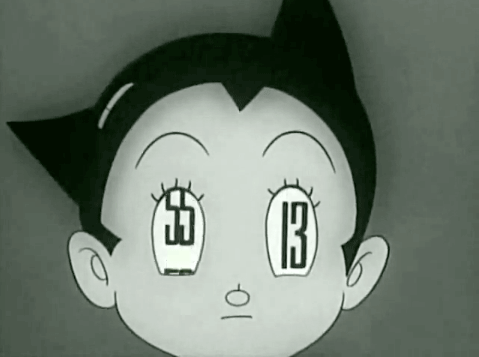
The Very First Astroboy ( 1963 )
Three Tales ( 1960 ) aired as the first TV anime with Astro boy right at its footsteps in 1963. Often, people miscredit it as the first anime show. However, it did create a sudden increase in space or robot anime. 1963 consisted of Sennin Buraku, a late night show; Sally The Witch, one of the first magical girl shows and Princess Knight, the first of the few shoujo genre anime. Sazae san from 1969 is still airing with 6500 episodes. Dayum!
1970s
Filled with experimentation, the 1970s also caused the Japanese film market to shrink. Heavy competition being the main cause, Mushi Productions ended up bankrupt but gave birth to Madhouse and Sunrise Pro. Boxing anime Tomorrow’s Joe ( 1970 ) gained iconic popularity in Japan. Heidi, Girl Of The Alps ( 1974 ) gained so much success abroad that Hayao Miyazaki and Takahata were able to create World Masterpiece Theater. It consisted of literary based anime. This decade also served as a foothold for the mecha genre.
1980s

The Studio Ghibli Logo
The popularity of Star Wars proved influential for space anime in Japan. Yamato and Gundam marked the beginning of Japanese Cinemas Second Golden Age, or so people dub. The Otaku subculture in Japan started rising with various magazines. It accentuated further with Mamoru Oshii’s Urusei Yatsura (1981). This also allowed Oshii to experiment further with Manga and films. Nausicaä of the Valley of the Wind of 1984 was so influential, it helped create one of our most favored animated film studios ever. Yes, this was also the decade which saw the birth of Ghibli Studios, with the release of Castle In The Sky in 1986 and many more. Furthermore, 1986 also saw the start of the Dragonball Series. Later on, it would influence other martial art anime like One Piece and Naruto.
Moreover, there was a release of Original Video Animations in this year ( OVA ) starting with Mamoru Oshii’s Dallos (1983–1984) and the first hentai OVA Cream Lemon ( Lolita Anime ) in 1984. Anime adaptations from games also seeked fruition in this year.
1990s
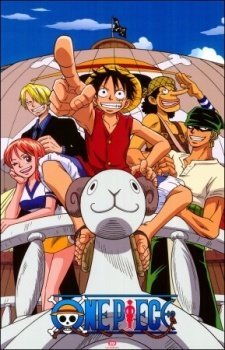
One Piece ( 1997 )
Although grossing to $10 million, Neon Genesis Evangelion of 1995 created a lot of controversy because of the violence and sexuality. As a result, when animators released Cowboy Bebop in 1998, they had to heavily edit it. Evangelion led to a rise in organic mecha shows and also a brief revival of the robot genre. However, until 2002 they didn’t fully revive their popularity. Pokémon, Dragonball, Sailor Moon, Naruto, One Piece all boomed with popularity. As people turned their attention towards martial arts and super girl genre, they grew non stop. In fact, One Piece is still ongoing ( I can’t wait till it ends to be honest ). Princess Mononoke ( 1997 ) costed $20 million, making it the most expensive film at the time. It introduced 3D rendered scenes to viewers.
2000s
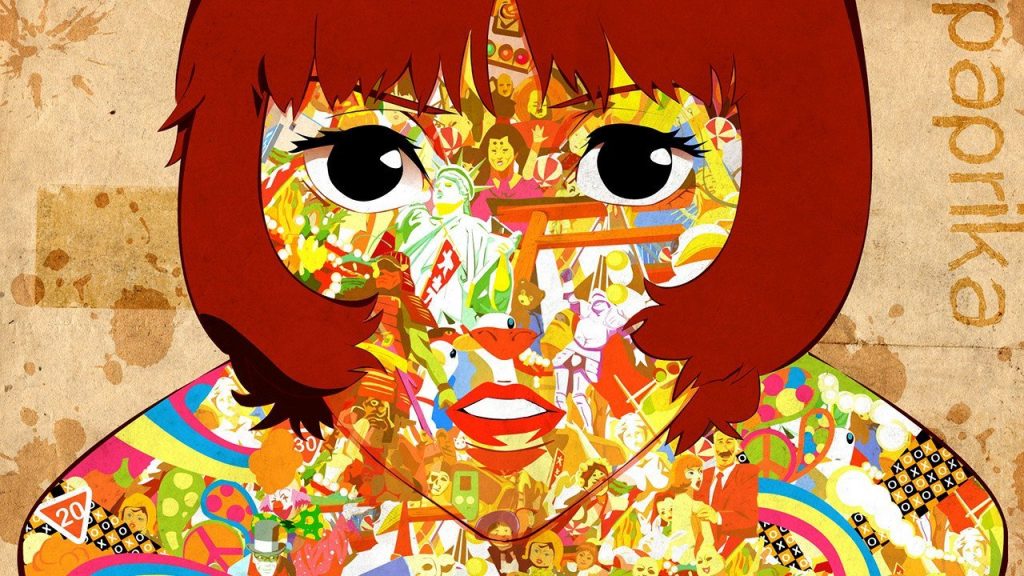
Paprika Animated Film
The late recession of Japan created some hurdles for anime studios at this point. But, somehow they coped with it. (https://www.winecountry.com/) Anime studios started to adapt Manga and light novels into anime. Thus, there was a fair rise in moe art, bishoujo/bishounen art and romance, slice of life and harem genres. Some eroge and visual novels also gained momentum like Higurashi No Naka Koro Ni ( 2006 ). Fuji TVs Noitamina Block aired Hachimatsu To Clover for late night audience and it showed a comparatively high rating. This was mostly for those who barely watched anime. Furthermore, this year revived high budget films such as Paprika ( watch this please ), Steamboy, etc.
In 2002, Spirited Away ( Studio Ghibli ) won the Golden Bear at the Berlin International Film Festival. Then, in 2003, it won the Academy Award for the Best Animated Feature Film, making it the first of the only two non American films to win. Moreover, it is the highest grossing film of $274 million worldwide. In addition to that, now there are many anime films nominated almost every year.
Consequently, after the launch of Toonami on Cartoon Network and Adult Swim, a plethora of kid friendly anime started to air. Along with those, there are some other anime influenced animations like Avatar : The Last Airbender, Samurai Jack, Ben 10, etc.
Thus, eventually anime grew like the waves of a tsunami and has engulfed and influenced the animation industry of today. And I am pretty sure it will continue to do so later on as well. So we come to the end of this long, tiring history of anime. Well, at the end of the day you know so much now! Regardless, to all my anime lovers, enjoy watching; and for my non anime watchers, I recommend watching it of course!
Questions
1.First of all, do you watch anime?
2.Which are your favorite anime? Which genre do you enjoy? Why?
3.Were you aware of this long history? And lastly, did you enjoy reading this? Do tell 🙂
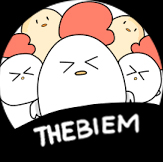
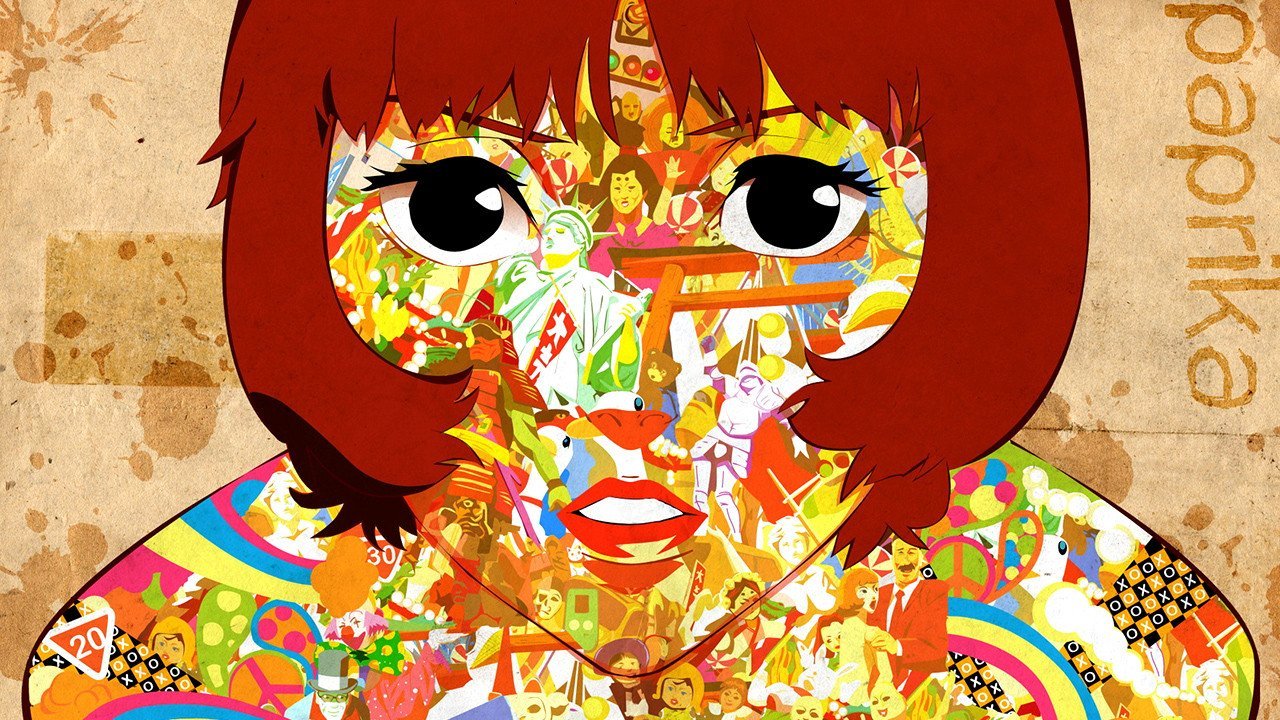
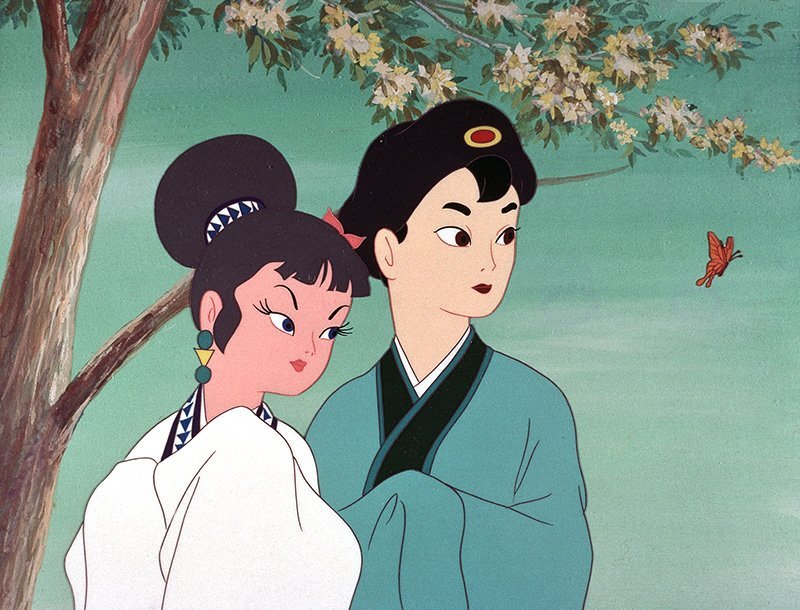
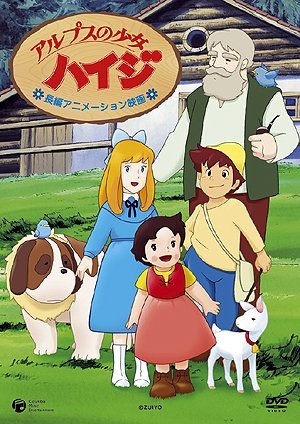
14th Feb. 2018 at 16:00 PM
@Ravenpurpleheart:disqus I love you so much
29th Dec. 2017 at 22:21 PM
I watch a lot of anime and I’m a pretty big weeb. I’m not sure about my favourite anime , as for genre its probably romance. My myanimelist nick is the same as Discus if you want to check it out.
Side Note: Watch Kimi no na wa. Reviews
27th Dec. 2017 at 19:30 PM
Certainly is quite easier these days
25th Dec. 2017 at 1:17 AM
I’ll now appreciate every second of anime now…. huhu
Never thought that the process is that much of a burden
Tech blog for Reviews
18th Dec. 2017 at 9:46 AM
1.First of all, do you watch anime?
– yes, I watch mainstream anime
2.Which are your favorite anime? Which genre do you enjoy? Why?
– dragon ball series, yuyu hakusho, slam dunk. my childhood years, very nostalgic
Tech blog for Reviews
3.Were you aware of this long history? And lastly, did you enjoy reading this? Do tell
not aware, enjoy reading this, it gives me information to this industry and a good article.
15th Dec. 2017 at 18:31 PM
that clip of the first anime is awesome pretty traditional looking with all the negative space
11th Dec. 2017 at 8:51 AM
1.First of all, do you watch anime?
yeah
2.Which are your favorite anime? Which genre do you enjoy? Why?
gundam, gundam, gundam!!!
3.Were you aware of this long history? And lastly, did you enjoy reading this? Do tell
I was aware
https://www.latesttechnicalreviews.com/read-korean-webtoons-at-thebiem/
8th Dec. 2017 at 5:47 AM
Of course I watch anime especially AOT <3
1st Dec. 2017 at 20:43 PM
Who doesn’t watch Anime? I think even people who don’t know what anime is, watch it. Most harmful technology in the world. It is impossible to get in contact with the genre. The article was nice, but the history is long and extensive, this could have been a several parts piece, with more in depth information.
1st Dec. 2017 at 17:10 PM
I still watch anime of course either I’m not child anymore and I’ll always love it.
I love all animes and I watch them all. I watch it since 1991.
I read your articles because I want to answer your questions. this is a nice thing.
1st Dec. 2017 at 12:59 PM
4.5
30th Nov. 2017 at 18:37 PM
No problem,but dont expect much,I just enjoyed it alot because of its concept,it isnt the best of all animes.
Good luck then! 🙂
2nd Dec. 2017 at 8:18 AM
Havent seen it yet is it any good?
2nd Dec. 2017 at 13:29 PM
I considered and still considered good and interesting
30th Nov. 2017 at 13:22 PM
5